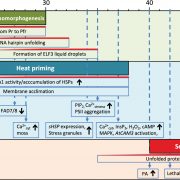
Review: Hot topic: Thermosensing in plants (Plant Cell Environ.)
Plant Science Research Weekly
Climate change has increased global temperatures and affected agriculture in recent years. Heat stress can negatively impact plant growth, development, metabolism, fertility, and immunity. To generate resilient plants that will endure warmer weather conditions, it is imperative to understand how…
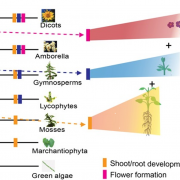
Functional innovations of PIN auxin transporters mark crucial evolutionary transitions (Science)
Plant Science Research Weekly
Complex multicellular flowering plants evolved from simple unicellular algae. This evolutionary transition was driven by crucial innovations in plant anatomy like shoot and root, inflorescence and flowers. Multiple studies have demonstrated the role of local auxin gradients in determining the development…

NPA directly binds to and inhibits PIN transporters (PNAS)
Plant Science Research WeeklyN-1-naphthylphthalamic acid (NPA) inhibits polar auxin transport (PAT). Though used for over six decades, the precise mechanism by which it inhibits PAT is still unclear. A new study by Abas and colleagues now suggests that NPA directly associates with and inhibits the activity of PIN-FORMED (PIN) transporters.…
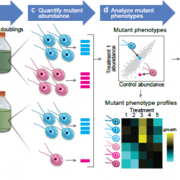
Systematic characterization of gene function in a photosynthetic organism (bioRxiv)
Plant Science Research Weekly
Vilarrasa-Blasi and coworkers described their impressive work on a huge barcoded Chlamydomonas collection, in which they screened almost 60,000 insertion mutants grown under a wide range of environmental and chemical stress conditions. The authors assessed genotype-phenotype specificity for almost…
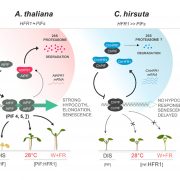
Shade avoidance or shade tolerance? The balancing act of PIF-HFR1 module (EMBO J.)
Plant Science Research WeeklyPlants have evolved two major adaptive strategies to tackle shade from their neighbours: avoidance and tolerance. However, what makes a species shade-avoider or shade-tolerant at the molecular level has remained mostly elusive. Recently, Paulisic et al. uncovered the key role of a regulatory module formed…
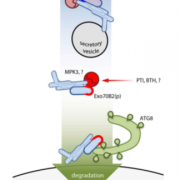
Exo70B2 functions as a exocyst subunit in secretion linked to immunity and autophagy (Plant Cell)
Plant Science Research WeeklyThe exocyst is a conserved protein complex that mediates tethering of secretory vesicle to the plasma membrane prior to SNARE-mediated membrane fusion. Exo70 is one of eight subunits and has expanded into 23 homologs in Arabidopsis. Brillada and Teh et al. identified Exo70B2 as a bona fide exocyst subunit…
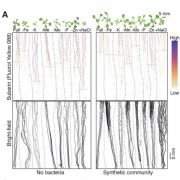
Coordination between microbiota and root endodermis supports plant mineral nutrient homeostasis (Science)
Plant Science Research WeeklyRoots have been described as the gut of the plant, as they are the main interface for nutrient and water intake from their surrounding environment. This interface is remarkably complex. Not only must the root allow for the proper diffusion of substances into the plant, but by virtue of being constantly…
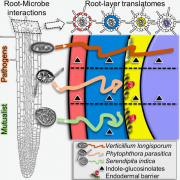
Plant cell layer-specific responses against pathogenic and beneficial microbes (Cell Host & Microbe)
Plant Science Research WeeklyPlant roots are composed of concentric cell layers with distinct gene regulatory programs. Cell layer-specific responses are likely critical for plants to cope with microbes with various lifestyles, but little is known about root responses against microbes at cell-layer resolution. Fröschel et al. tackled…
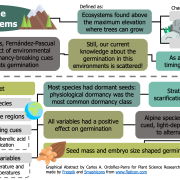
The seed germination spectrum of alpine plants ($) (New Phytol.)
Plant Science Research Weekly
Alpine ecosystems include all the environments found above the treeline, the maximum elevation where trees can grow. These environments are known for their low temperatures, unstable substrates, and short growing seasons. However, while germination studies in this ecosystem can be traced back to…

